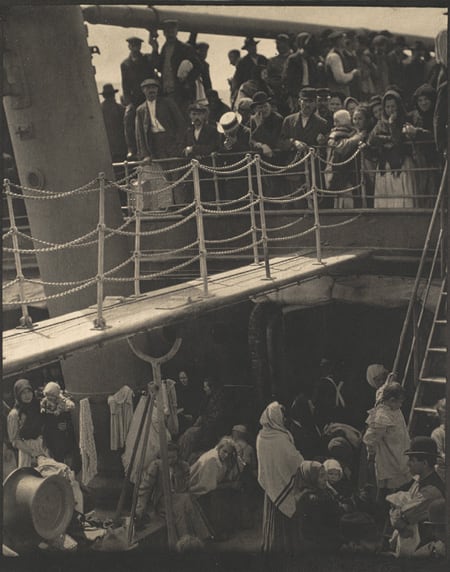Key Takeaways
- Fine-art photography is a form of artistic expression where the photographer’s vision leads the creation, differing from commercial or documentary photography.
- Historical roots trace back to the 1850s with pioneers like Julia Margaret Cameron and Alfred Stieglitz, evolving significantly over the decades.
- The genre has witnessed shifts from traditional themes to innovative styles, incorporating digital and analog techniques.
- The market for fine-art photography has grown, with a focus on limited edition prints and collector’s interest in high-quality art books.
- Fine-art photography often intersects with other genres and has influenced various aspects of art and society.
Delving into the realm of fine-art photography feels like wandering through a labyrinth of light, shadow, and emotion. Each image is a whispered secret, a captured slice of the photographer’s soul, conveyed through the lens. I remember my first encounter with a fine-art photograph; it was like stepping into a different universe. The image, a simple yet profoundly moving composition of light and darkness, spoke volumes without uttering a single word.
The Essence of Fine-Art Photography
At its core, fine-art photography is about storytelling. It’s a personal journey, where the camera becomes an extension of the photographer’s inner world. Think of Alfred Stieglitz’s “The Steerage,” not just as a photo but as a bold statement of early 20th-century life, challenging the norms of its time. This piece wasn’t just a photograph; it was a manifesto of modernism, a break from the traditional, steering towards uncharted artistic waters.
Historical Journey Through the Lens
The evolution of fine-art photography is a fascinating tale. In the Victorian era, figures like Julia Margaret Cameron transformed photography from mere documentation to an expressive art form. Her portraits were not just images; they were character studies, imbued with emotional depth and artistic nuance. Fast forward to the 20th century, and we witness a revolution led by pioneers like Ansel Adams, whose majestic landscapes did more than showcase nature’s beauty—they ignited conversations on conservation and the human impact on the environment.
The Dance of Technology and Artistry
The advent of digital technology has sparked a renaissance in fine-art photography. Artists now blend traditional techniques with digital manipulation, creating surreal, thought-provoking pieces that challenge our perception of reality. The chemograms of Josef H. Neumann, for instance, are a testament to this fusion of chemistry and artistry, each piece a unique narrative.
Collecting Moments: The Market and Its Movers
The collector’s market for fine-art photography has surged, with aficionados seeking limited-edition prints and meticulously crafted art books. These artifacts are more than investments; they’re tangible pieces of a visionary’s imagination, destined to stir emotions and provoke thoughts across generations.
Intersections and Influences
The boundaries between fine-art photography and other photographic genres are increasingly fluid. Fashion and photojournalism, for instance, now embrace artistic techniques, blurring the lines between commercial work and art. This crossover enriches both fields, allowing for a more profound exploration of human experience and societal norms.
In this intricate dance of shadow and light, fine-art photography remains a powerful medium of expression, transcending the visual to touch the realms of the soul. It’s a celebration of the mundane and the extraordinary, an ever-evolving narrative of the human condition.
Frequently Asked Questions
- What distinguishes fine-art photography from commercial photography?
- Fine-art photography prioritizes the artist’s creative vision and expression, often with a focus on aesthetic and emotional impact, whereas commercial photography aims to promote or sell products and services.
- How has the role of technology impacted fine-art photography?
- Technology has expanded the possibilities of fine-art photography, allowing for innovative techniques, enhanced manipulation, and the fusion of digital and analog processes, leading to new forms of artistic expression.
- Can fine-art photography be considered an investment?
- Yes, fine-art photography has become a significant part of the art collectors’ market, with limited-edition prints and art books gaining value over time, making them viable investment options.
- How do fine-art photographers achieve their unique style?
- Fine-art photographers often experiment with various techniques, perspectives, and themes, drawing upon personal experiences, artistic influences, and technical skills to create a distinctive style.
- What role has fine-art photography played in societal and cultural contexts?
- Fine-art photography has influenced societal and cultural discussions, often highlighting important issues, challenging perceptions, and contributing to historical and political dialogues through visual narratives.
